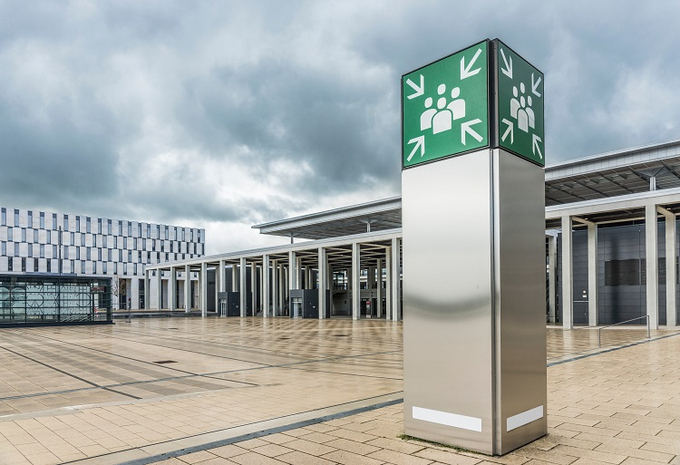Waterproofing

– The purpose of waterproofing is simply to protect the building from water and moisture. This is particularly important in the context of high underground water or rainwater levels, as well as during water system failures. Accurate and professional implementation of waterproofing affects the durability of the entire building, protects it from moisture, the development of mold, fungi, and biological corrosion.
– What building elements are most vulnerable to water and moisture?
– These include foundations, bathrooms, balconies, and terraces.
– How to waterproof the foundations?
– If the rooms of the building are above the ground, it is only necessary to eliminate the absorbability of the foundations and their walls by applying a coating insulation (e.g. of asphalt-rubber emulsion), and horizontal insulation on foundation walls and the floor on the ground (e.g. with two layers of torching membrane).
– What if we deal with a building with a basement?
– In this case, water and moisture can enter the underground part of the building through an external partition. Protection will be provided by waterproofing of light, medium or heavy type. Each of them must guarantee continuity and integrity of the entire surface of the walls and floors below the ground.
– How do you make such insulation when underground water pressure is high?
– It is worthwhile to make a slab foundation with felt or bentonite insulation, and in special cases – waterproofing with so-called „white tank” technology.
– How to create protection against leaks in the bathroom?
– On the floor, proofing against moisture should be carried out, and on the walls, in the places most exposed to water (around the bathtub, shower, washbasin) – waterproofing to the required height (from 10 cm to 200 cm). The insulation can be made of a flexible liquid sealing film.
– There is also the issue of insulating the terrace and balcony.
– The hot spot is usually the contact surface between the terrace or balcony and the wall. It is necessary to make a tight and continuous coating on the slab while bringing it out to the previously leveled wall (min. 20 cm). The coating can be made of two-component waterproof mortar with a reinforcing tape laid at the interface between the slab and the wall. It is also necessary to remember to carry out the works in the correct order: thermal insulation of the walls, insulating and making proper slopes for terraces and balconies, flashing, and sealing.
>>> A heat pump
>>> Finishing works
Hydroizolacje
– Zadaniem hydroizolacji jest zabezpieczenie budynku przed działaniem wody i wilgoci. Ma to szczególne znaczenie w kontekście wysokiego poziomu wód gruntowych lub opadowych, a także podczas awarii instalacji wodnej. Dokładne i profesjonalne wykonanie hydroizolacji wpływa na trwałość całego budynku, chroni go przed zawilgoceniem, rozwojem pleśni, grzybów oraz korozją biologiczną.
– Jakie elementy budynku są najbardziej narażone na działanie wody i wilgoci?
– Są to fundamenty, łazienki, balkony oraz tarasy.
– Jak wykonać hydroizolację fundamentów?
– Jeżeli pomieszczenia budynku znajdują się ponad terenem, należy tylko wyeliminować nasiąkliwość fundamentów i ścian fundamentowych poprzez wykonanie izolacji powłokowej (np. z emulsji asfaltowo-kauczukowej) oraz poziomej na ścianach fundamentowych i podłodze na gruncie (np. z dwóch warstw papy termozgrzewalnej).
– A co w przypadku budynku podpiwniczonego?
– W tym wypadku woda i wilgoć mogą przedostać się do pomieszczeń w podziemnej części budynku przez przegrodę zewnętrzną. Ochronę zapewni hydroizolacja typu lekkiego, średniego lub ciężkiego. Każda z nich musi zagwarantować ciągłość oraz szczelność całej powierzchni ścian i podłóg znajdujących się poniżej terenu.
– Jak wykonać taką izolację przy dużym naporze wód gruntowych?
– Warto wykonać fundament płytowy z izolacją z papy lub bentonitu, a w szczególnych przypadkach – hydroizolację w technologii białej wanny.
– Jak zabezpieczyć się przed przeciekami w łazience?
– Na podłodze należy wykonać izolację przeciwwilgociową, a na ścianach w miejscach najbardziej narażonych na działanie wody (wokół wanny, prysznica, umywalki) – hydroizolację do wymaganej wysokości (od 10 do 200 cm). Izolację można zrobić z elastycznej folii uszczelniającej w płynie.
– Została nam kwestia izolacji tarasu i balkonu.
– Punktem newralgicznym jest zwykle styk tarasu czy balkonu ze ścianą. Należy wykonać szczelną i ciągłą powłokę na płycie z jednoczesnym wyprowadzeniem jej na wcześniej wyrównaną ścianę (min. 20 cm). Powłokę można zrobić z dwuskładnikowej zaprawy wodoszczelnej z taśmą wzmacniającą ułożoną na styku płyty i ściany. Trzeba pamiętać też o prawidłowej realizacji robót w odpowiedniej kolejności: ocieplenie ścian, ocieplenie i wykonanie odpowiednich spadków tarasów oraz balkonów, obróbki blacharskie i uszczelnienia.
Słowniczek/Vocabulary
waterproofing – hydroizolacje
water – woda
moisture – wilgoć
failure – awaria
mold – pleśń
fungus (fungi) – grzyb (grzyby)
biological corrosion – korozja biologiczna
vulnerable to – podatny/narażony na
above/below the ground – ponad terenem/poniżej terenu
coating insulation – izolacja powłokowa
horizontal insulation – izolacja pozioma
torching membrane – papa termozgrzewalna
felt – papa
“white tank” technology – technologia białej wanny
leak – przeciek
bathtub – wanna
shower – prysznic
washbasin – umywalka
Użyteczne zwroty/Useful phrases
The purpose of … is to protect the building from… – Zadaniem … jest ochrona budynku przed…
This is particularly important in the context of… – Ma to szczególne znaczenie w kontekście…
It affects the durability of the entire building. – Wpływa na trwałość całego budynku.
It is necessary to… – Trzeba/należy…
How to waterproof (the foundations)? – Jak wykonać hydroizolację (fundamentów)?
Water and moisture can enter the building through… – Woda i wilgoć mogą przedostać się do budynku przez…
Protection will be provided by… – Ochronę zapewni…
The insulation/coating can be made of… – Izolację/powłokę można wykonać z…
There is also the issue of… – Została nam kwestia…
Remember to carry out the works in the correct order. – Pamiętaj o wykonaniu robót w odpowiedniej kolejności.
Przygotowała Magdalena Marcinkowska
News
2024-04-25
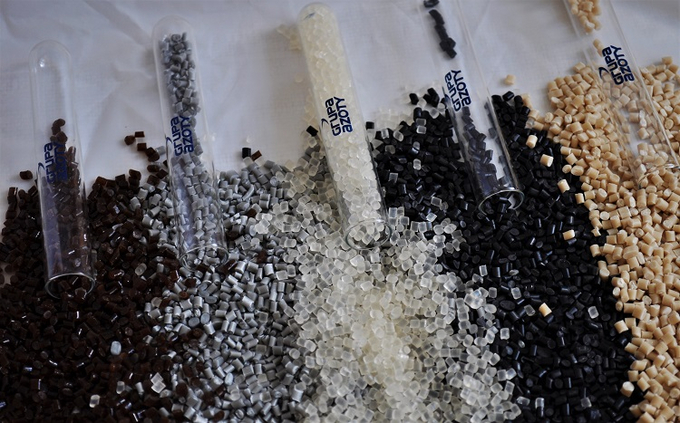 Kompostowalny granulat polimerowy envifill®
Kompostowalny granulat polimerowy envifill® WPPK 2024 - Ogólnopolskie Warsztaty Pracy Projektanta Konstrukcji
WPPK 2024 - Ogólnopolskie Warsztaty Pracy Projektanta Konstrukcji2024-04-24
 Badania drgań budynków - kluczowe wytyczne i merytoryczne spojrzenie na normę PN-B 02170:2016-12
Badania drgań budynków - kluczowe wytyczne i merytoryczne spojrzenie na normę PN-B 02170:2016-12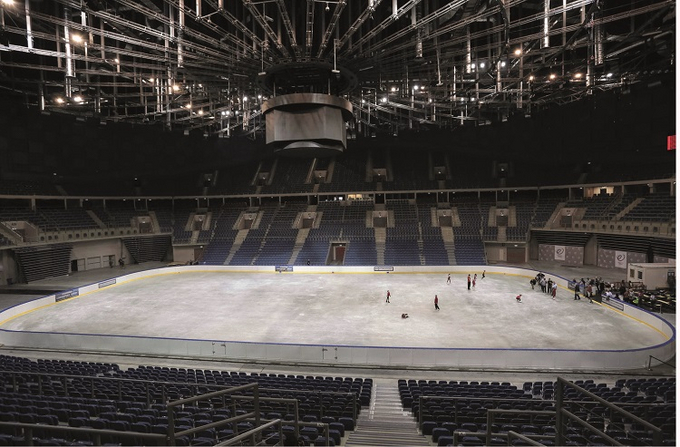 Zasady i metody wentylacji z osuszaniem powietrza hal lodowisk
Zasady i metody wentylacji z osuszaniem powietrza hal lodowisk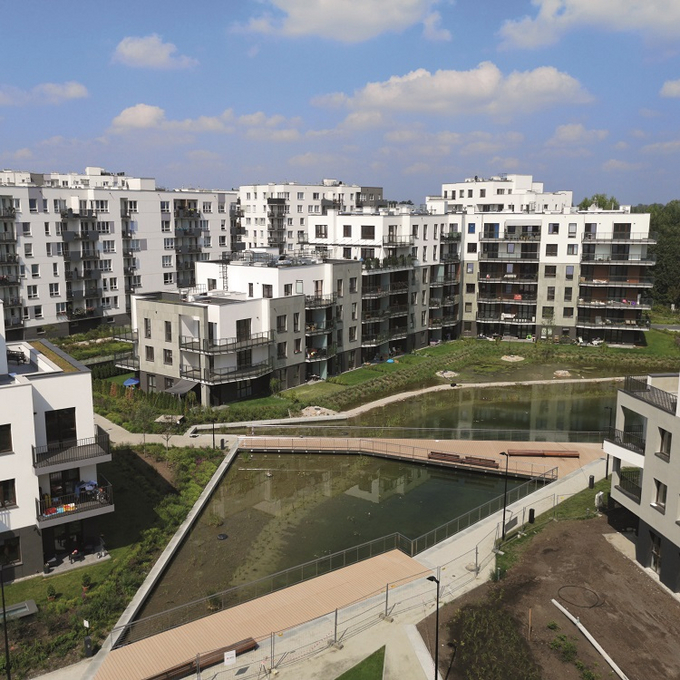 Retencjonowanie wody z wykorzystaniem dachów zielonych
Retencjonowanie wody z wykorzystaniem dachów zielonych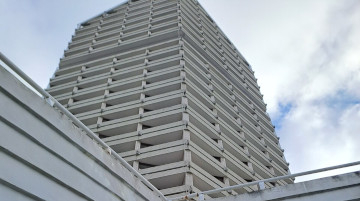 Akademiki Kredka i Ołówek przejdą modernizację
Akademiki Kredka i Ołówek przejdą modernizację Thermal insulation systems
Thermal insulation systems Koło Naukowe Mostowców Politechniki Warszawskiej w konkursie mostów w Turcji
Koło Naukowe Mostowców Politechniki Warszawskiej w konkursie mostów w Turcji „III Mistrzostwa Polski w Bezpiecznym Montażu Rusztowań”
„III Mistrzostwa Polski w Bezpiecznym Montażu Rusztowań”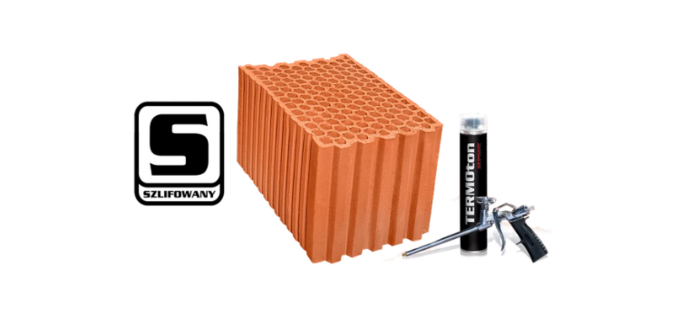 Szybka budowa – który materiał wybrać do wznoszenia ścian
Szybka budowa – który materiał wybrać do wznoszenia ścian Die Heizsysteme in Einfamilienhäusern – Teil 2
Die Heizsysteme in Einfamilienhäusern – Teil 22024-04-17
 Dwie dekady z inżynierami budownictwa
Dwie dekady z inżynierami budownictwa2024-03-28
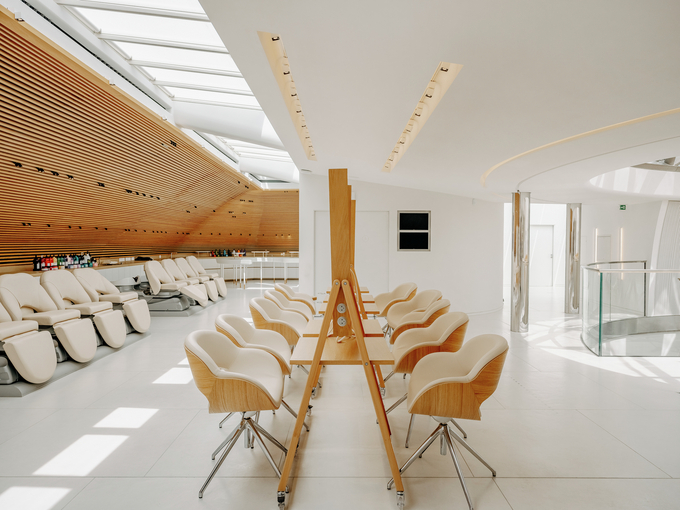 Wartość dodana dzięki renowacji dachu za pomocą systemów światła dziennego
Wartość dodana dzięki renowacji dachu za pomocą systemów światła dziennego X Podlaska Konferencja Ciepłownicza
X Podlaska Konferencja Ciepłownicza Konkurs „wyKOMBinuj mOst 2024”
Konkurs „wyKOMBinuj mOst 2024”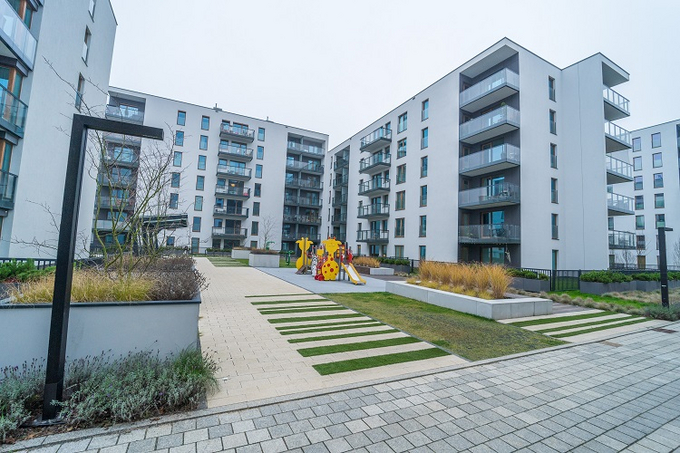 Wiosenne ożywienie w budownictwie mieszkaniowym
Wiosenne ożywienie w budownictwie mieszkaniowym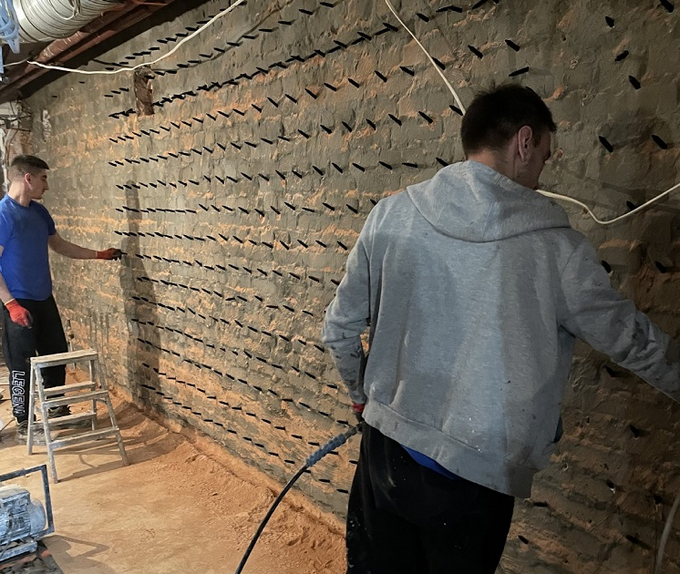 INIEKCJA KRYSTALICZNA® i termomodernizacja budynków
INIEKCJA KRYSTALICZNA® i termomodernizacja budynków Wartość rynku betonu towarowego w Polsce to już ponad 7 mld zł
Wartość rynku betonu towarowego w Polsce to już ponad 7 mld zł2024-03-20
 Swobodna SPOT we Wrocławiu w budowie
Swobodna SPOT we Wrocławiu w budowie2024-03-13
 Obwodnica Szwecji w realizacji
Obwodnica Szwecji w realizacji Waterproofing
Waterproofing Die Heizsysteme in Einfamilienhäusern – Teil 1
Die Heizsysteme in Einfamilienhäusern – Teil 1 Na łódzkim lotnisku powstanie farma fotowoltaiczna
Na łódzkim lotnisku powstanie farma fotowoltaiczna Inwestycje kolejowe w Polsce – ambitne plany i ograniczone moce przerobowe wykonawców
Inwestycje kolejowe w Polsce – ambitne plany i ograniczone moce przerobowe wykonawców Co warto wiedzieć o biernych zabezpieczeniach przeciwpożarowych
Co warto wiedzieć o biernych zabezpieczeniach przeciwpożarowych INIEKCJA KRYSTALICZNA® Pozioma i pionowa izolacja przeciwwilgociowa
INIEKCJA KRYSTALICZNA® Pozioma i pionowa izolacja przeciwwilgociowa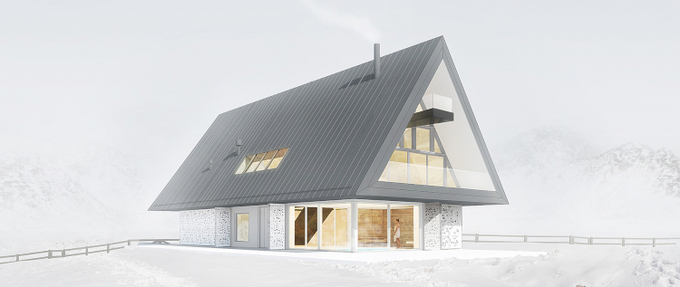 Dom z prywatnym Giewontem w Kościelisku
Dom z prywatnym Giewontem w Kościelisku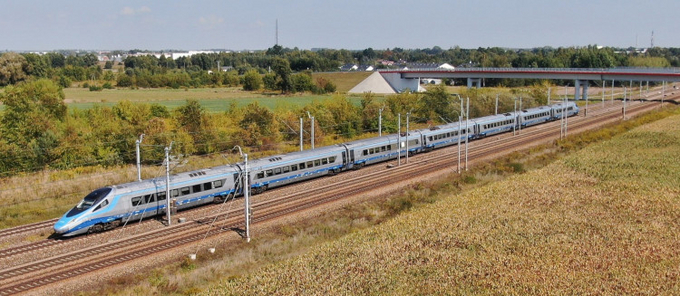 Centralna Magistrala Kolejowa – prace modernizacyjne
Centralna Magistrala Kolejowa – prace modernizacyjne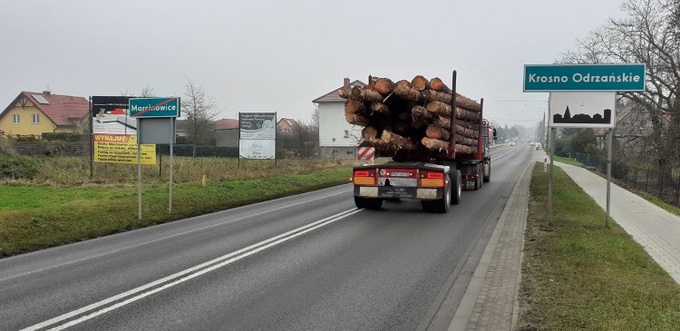 Obwodnica Krosna Odrzańskiego z umową
Obwodnica Krosna Odrzańskiego z umową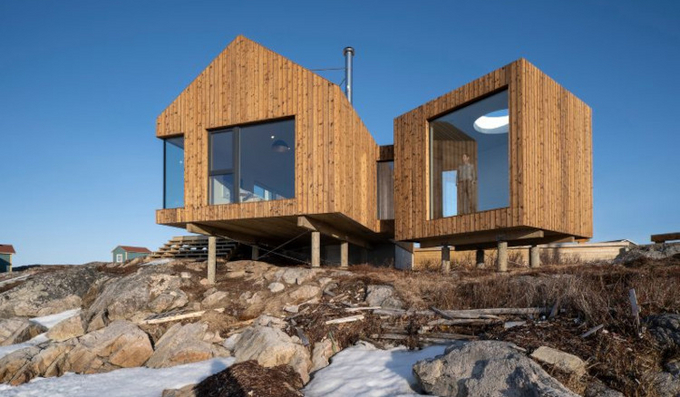 Dom na wyspie Fogo w Kanadzie
Dom na wyspie Fogo w Kanadzie Dworzec Oleśnica zostanie wyremontowany
Dworzec Oleśnica zostanie wyremontowany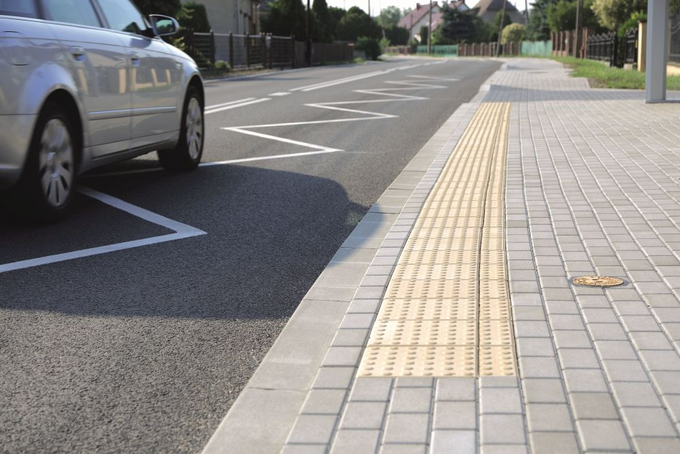 Budowa chodnika w świetle znowelizowanych przepisów techniczno-budowlanych
Budowa chodnika w świetle znowelizowanych przepisów techniczno-budowlanych2024-03-01
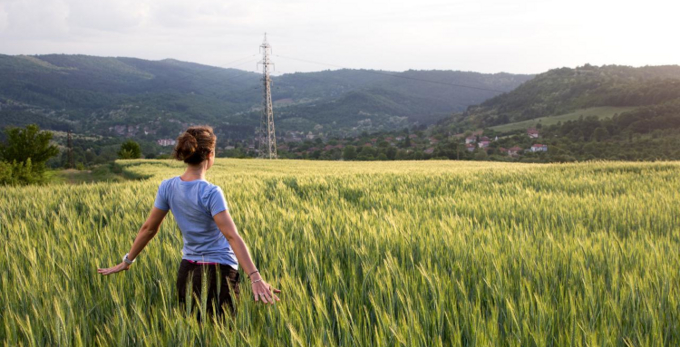 Biogazownia E.ON Polska w Pułtusku
Biogazownia E.ON Polska w Pułtusku Szczyt Klimatyczny TOGETAIR 2024
Szczyt Klimatyczny TOGETAIR 2024 Estakada ES-26 na S19 Babica–Jawornik – najwyższa w Polsce
Estakada ES-26 na S19 Babica–Jawornik – najwyższa w Polsce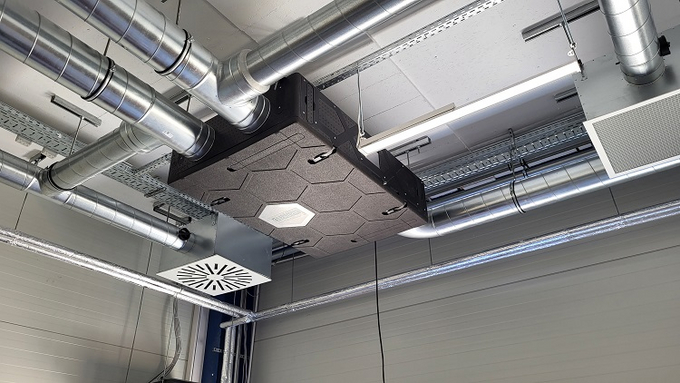 Centrale rekuperacyjne i system strefowania dla wymagających
Centrale rekuperacyjne i system strefowania dla wymagających2024-02-26
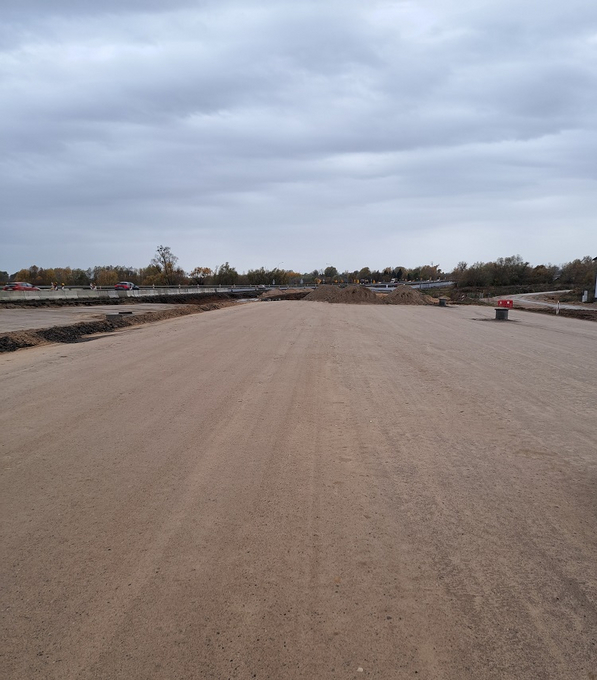 Transformacja budownictwa do obiegu zamkniętego. Zastosowanie materiałów z recyklingu
Transformacja budownictwa do obiegu zamkniętego. Zastosowanie materiałów z recyklingu Jak długo deweloperzy oczekują na pozwolenie na budowę?
Jak długo deweloperzy oczekują na pozwolenie na budowę? Bezpieczeństwo w rewitalizowanych osiedlach z wielkiej płyty
Bezpieczeństwo w rewitalizowanych osiedlach z wielkiej płyty Klimatyzacja ekologiczna vs. konwencjonalna
Klimatyzacja ekologiczna vs. konwencjonalna Biurowiec LIXA E z pozwoleniem na użytkowanie
Biurowiec LIXA E z pozwoleniem na użytkowanie2024-01-29
 Fabryka TFKable w Bydgoszczy w rozbudowie
Fabryka TFKable w Bydgoszczy w rozbudowie Trendy zmian cen materiałów budowlanych na przestrzeni ostatnich lat
Trendy zmian cen materiałów budowlanych na przestrzeni ostatnich lat Budowa tunelu średnicowego w Łodzi – kolejny etap
Budowa tunelu średnicowego w Łodzi – kolejny etap2024-01-22
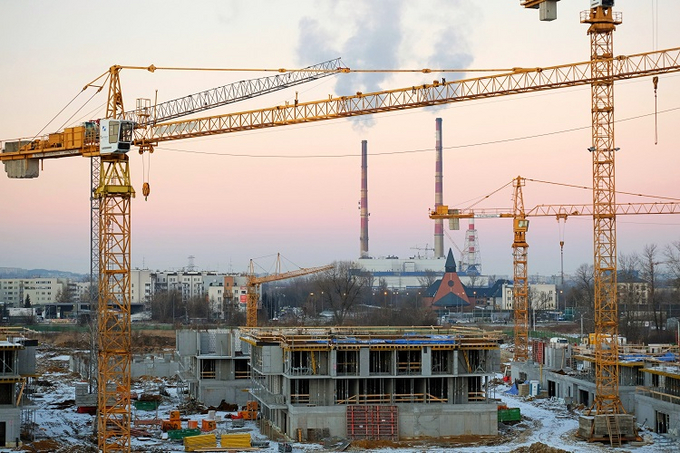 Sprzedaż deweloperów giełdowych w 2023 r. z rekordowym odreagowaniem
Sprzedaż deweloperów giełdowych w 2023 r. z rekordowym odreagowaniem Przychody 40 największych grup budowlanych w Polsce wyniosły w 2023 r. blisko 80 mld zł
Przychody 40 największych grup budowlanych w Polsce wyniosły w 2023 r. blisko 80 mld zł Polski Kongres Klimatyczny 2024
Polski Kongres Klimatyczny 2024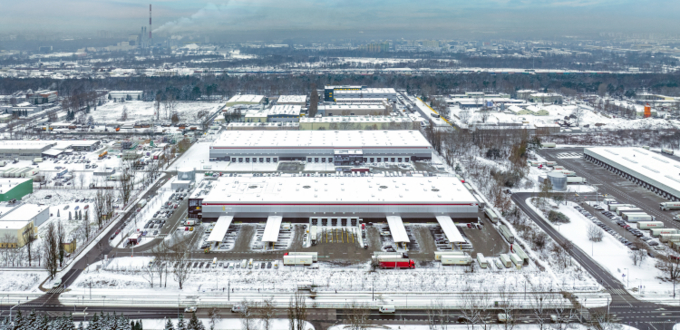 P3 Warsaw II z certyfikatem BREEAM na najwyższym poziomie
P3 Warsaw II z certyfikatem BREEAM na najwyższym poziomie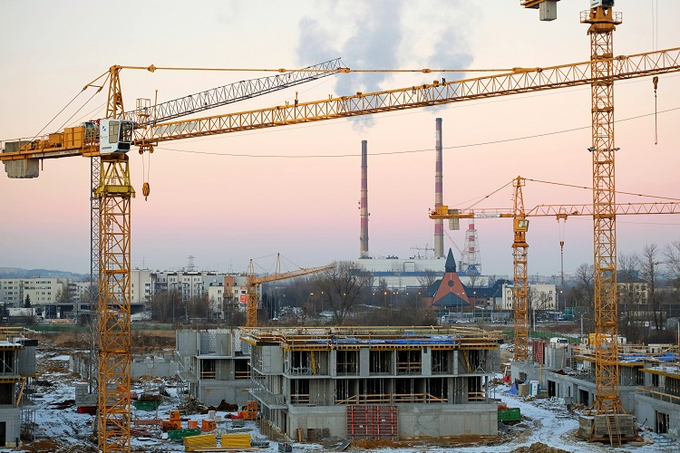 Regresu ciąg dalszy, czyli budownictwo mieszkaniowe w 2023 roku
Regresu ciąg dalszy, czyli budownictwo mieszkaniowe w 2023 roku
